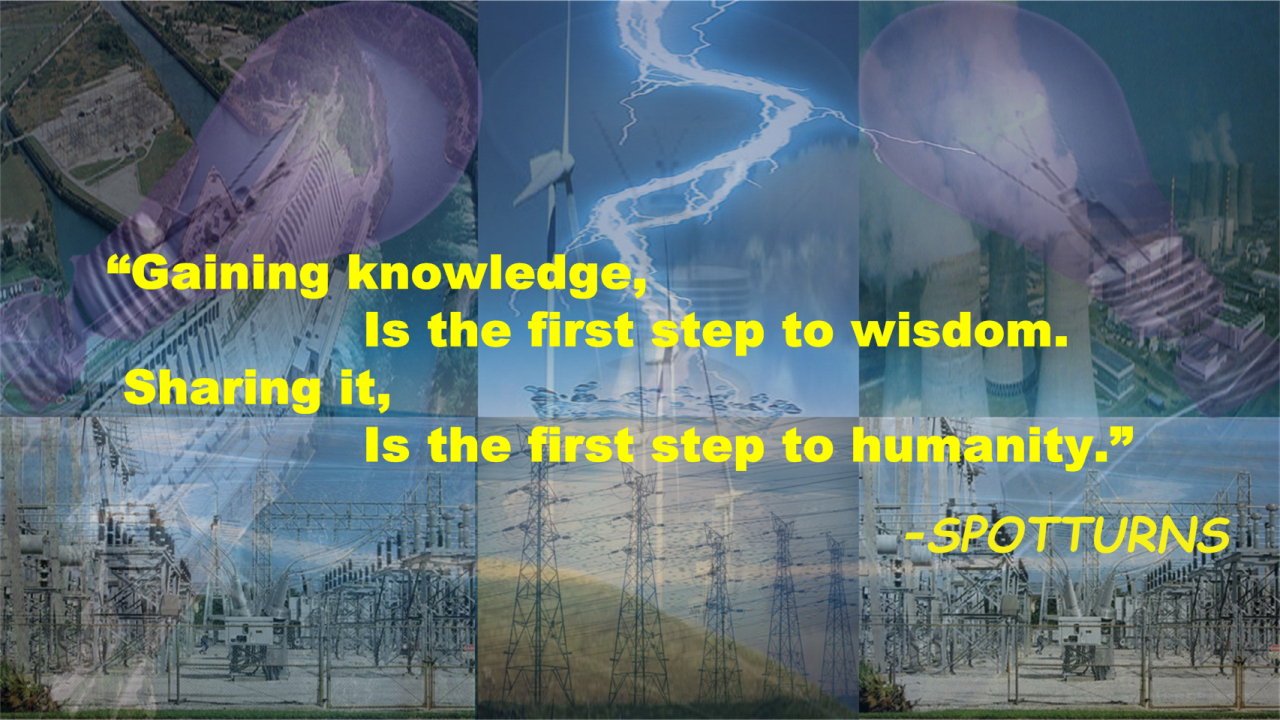For the first time, an international team of neuroscientists has transmitted a message from the brain of one person in India to the brains of three people in France.

Image: Andrea Danti/Shutterstock
The team, which includes researchers from Harvard Medical School’s Beth Israel Deaconess Medical Center, the Starlab Barcelona in Spain, and Axilum Robotics in France, has announced today the successful transmission of a brain-to-brain message over a distance of 8,000 kilometres.
"We wanted to find out if one could communicate directly between two people by reading out the brain activity from one person and injecting brain activity into the second person, and do so across great physical distances by leveraging existing communication pathways,” said one of the team, Harvard’s Alvaro Pascual-Leone
in a press release. "One such pathway is, of course, the Internet, so our question became, 'Could we develop an experiment that would bypass the talking or typing part of internet and establish direct brain-to-brain communication between subjects located far away from each other in India and France?'"
The team achieved this world-first feat by fitting out one of their participants - known as the emitter - with a device called an electrode-based brain-computer (BCI). This device, which sits over the participant’s head, can interpret the electrical currents in the participant’s brain and translate them into a binary code called
Bacon's cipher. This type of code is similar to what computers use, but more compact.
"The emitter now has to enter that binary string into the laptop using her thoughts,”
says Francie Diep at Popular Science. "She does this by using her thoughts to move the white circle on-screen to different corners of the screen. (Upper right corner for "1," bottom right corner for "0.") This part of the process takes advantage of technology that several labs have developed, to allow people with paralysis to control computer cursors or robot arms."
Once uploaded, this code is then transmitted via the Internet to another participant - called the receiver - who was also fitted with a device, this time a computer-brain interface (CBI). This device emits electrical pulses, directed by a robotic arm, through the receiver’s head, which make them ‘see’ flashes of light called
phosphenes that don’t actually exist.
"As soon as the receivers' machine gets the emitter's binary message over the Internet, the machine gets to work,”
says Diep. "It moves its robotic arm around, sending phosphenes to the receivers at different positions on their skulls. Flashes appearing in one position correspond to 1s in the emitter's message, while flashes appearing in another position correspond to 0s.
Exactly how the receivers are recording the flashes so they can translate all those 0s and 1s isn’t clear, but it could be as simple and writing them down with an actual pen and paper.
While it’s not clear at this stage what the applications for this technology could be, it’s a pretty incredible achievement. Oh, and the messages they transmitted? The conveniently brief and friendly, “Hola” and “Ciao”.









